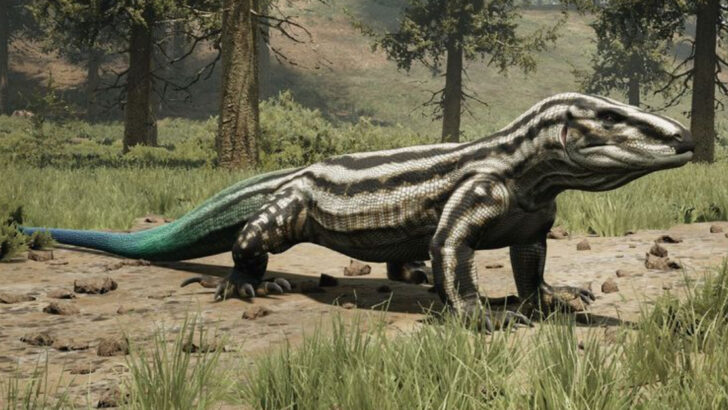Not every prehistoric beast gets a museum spotlight or a Hollywood movie deal. Some of the strangest, wildest, most mind-bending creatures to ever exist? They’re buried in mystery—and in many cases, almost literally. We’re talking about five-eyed sea monsters, dinosaurs with giant claws and duck bills, and ancient apes that towered over humans. The problem? Scientists are working with scraps—sometimes just a tooth, a jawbone, or a weird spiral fossil no one can explain. These creatures don’t just raise eyebrows; they raise questions. Big ones. If you think you’ve seen it all with the T. rex and Velociraptor, get ready. These 17 prehistoric oddballs are the ones paleontologists can’t stop thinking about… and wish they understood way better.
Anomalocaris
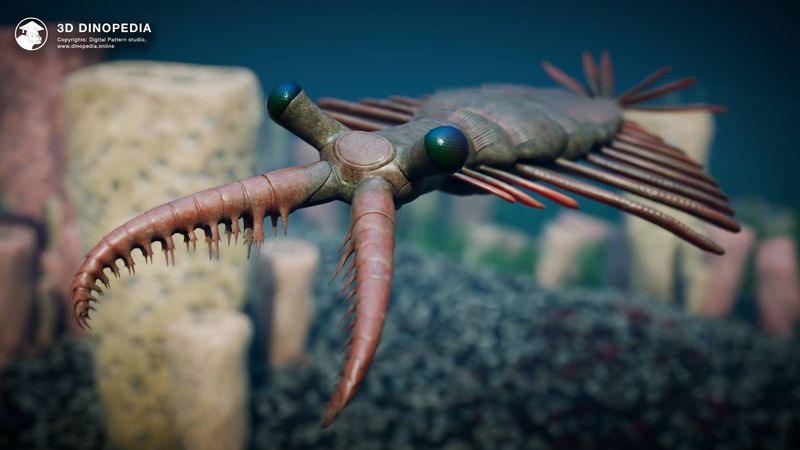
Anomalocaris, the apex predator of the Cambrian, appears as a creature from a sci-fi novel. With its unique shrimp-like claws and googly eyes, it fascinates and mystifies in equal measure. Despite being a dominant predator, its exact body structure and hunting methods remain a topic of debate.
Some researchers suggest a flexible body, better for swift movements, while others propose a more rigid form. Fossils provide a tantalizing glimpse, but with details still shrouded in mystery, each discovery leads to more questions.
Anomalocaris serves as a testament to the enigmatic beauty of prehistoric life.
Hallucigenia
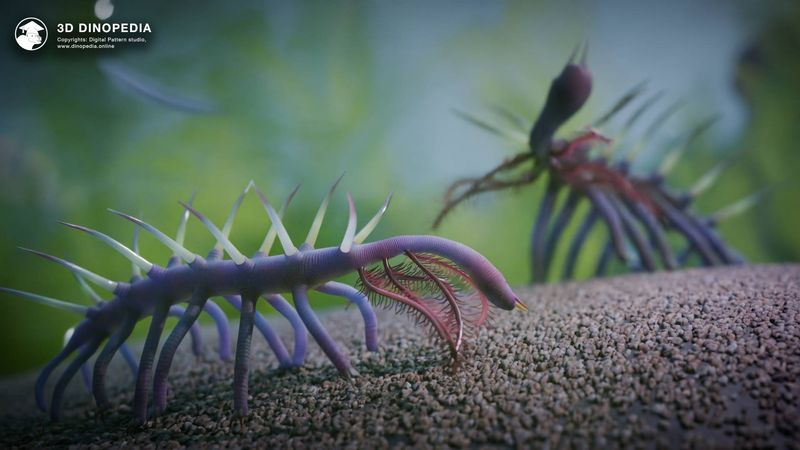
Hallucigenia defies imagination with its surreal appearance. This tiny creature, with its spiked back and tentacle-like legs, puzzled scientists for decades. Initially, they couldn’t even identify its head.
Recent studies have shed some light, revealing the correct orientation and feeding habits. However, its evolutionary lineage remains unclear, and it continues to intrigue researchers.
Hallucigenia’s name reflects its dream-like, almost fantastical nature. Its bizarre structure challenges our understanding of evolutionary paths, making it a captivating subject of study for paleontologists worldwide.
Therizinosaurus
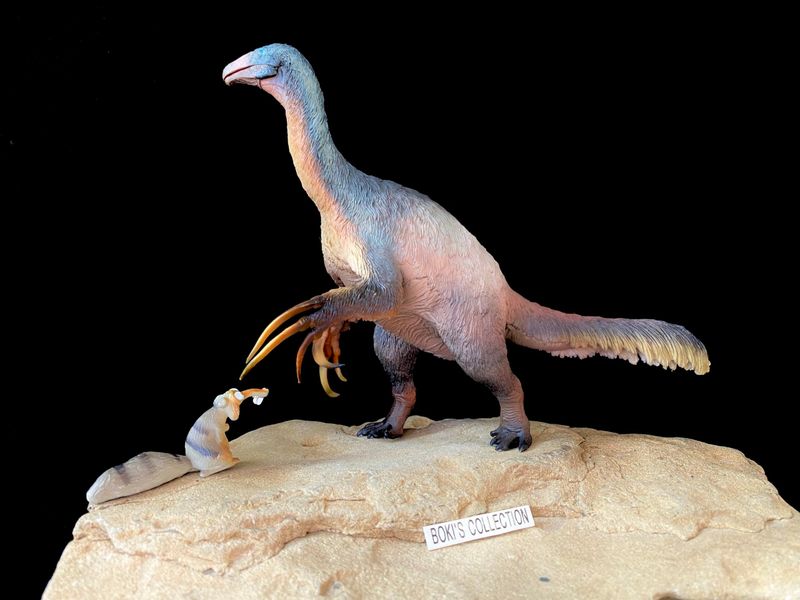
With claws reminiscent of a certain fictional slasher, Therizinosaurus stands out as a peculiar dinosaur. Its long claws and pot-bellied stature attract curiosity and speculation. Was it a plant-eater, a meat-eater, or something in between?
The debate continues, with new findings occasionally tipping the scales in favor of one theory over another. Its unusual appearance adds to the mystique, sparking imaginations in both scientific and artistic communities.
Therizinosaurus remains an enigma, a fascinating glimpse into the diversity of dinosaur life and the complexities of prehistoric ecosystems.
Helicoprion
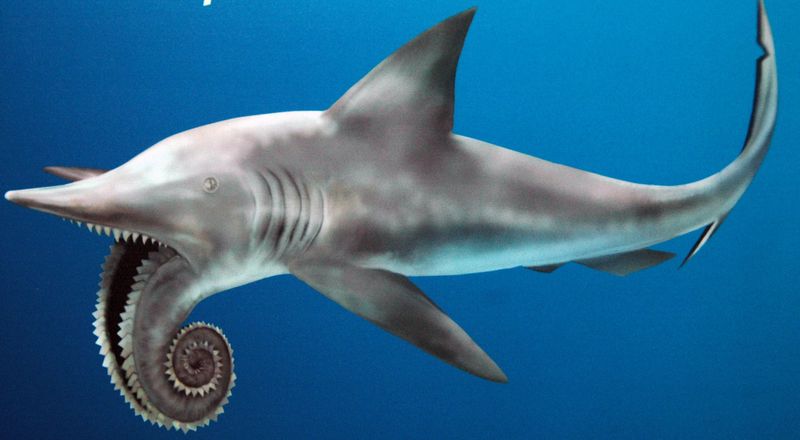
Helicoprion, notable for its spiral jaw, resembles a creature from nightmares. This shark-like fish’s dental arrangement is unlike anything seen today, leaving scientists intrigued and somewhat perplexed.
The reconstructed jaw, curling like a buzzsaw, raises questions about its functionality and evolutionary advantage. Did it slice through prey or perform a different role?
Despite the lack of complete fossils, studies continue to piece together its life story. Helicoprion’s iconic feature serves as a symbol of nature’s innovation and the complex evolutionary paths that have unfolded over millions of years.
Tiktaalik
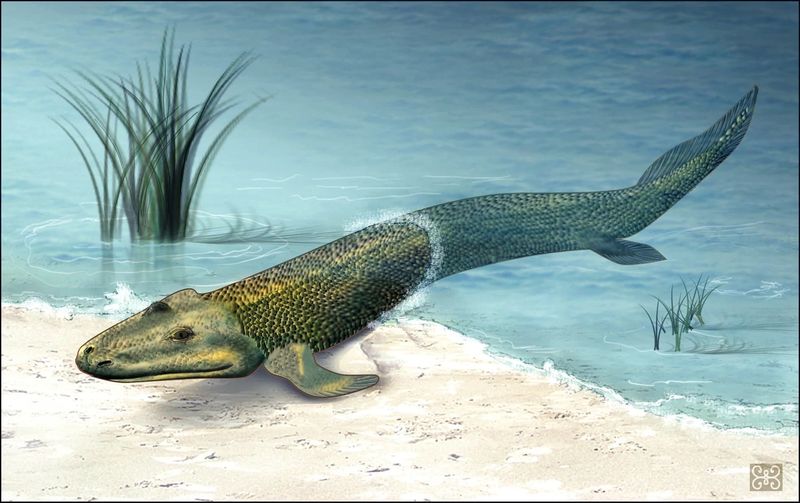
Tiktaalik represents a significant evolutionary milestone, bridging the gap between aquatic and terrestrial life. Its limb-like fins suggest a creature ready to explore new horizons, yet its story is still incomplete.
The fossil record captures a moment in evolutionary history that raises as many questions as it answers. How did it move? What environments did it choose?
Though Tiktaalik offers crucial insight into the transition to land, the full picture remains elusive. Its discovery invites curiosity and wonder, encouraging further exploration into the origins of land-dwelling creatures.
Atopodentatus
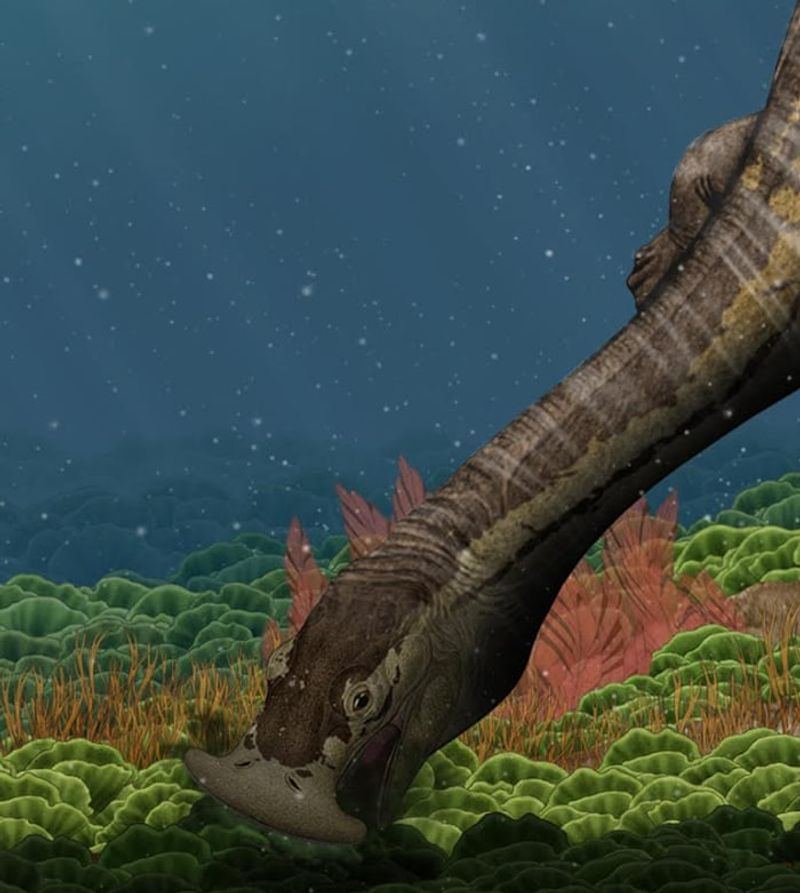
Atopodentatus, with its zipper-shaped mouth, presents a puzzle for paleontologists. This marine reptile’s unusual dental structure invites speculation about its diet and lifestyle.
Some suggest a filter-feeding mechanism, akin to modern baleen whales, while others propose different feeding strategies. Its role in the ancient ecosystem remains an active area of research.
The intricacies of Atopodentatus’s life continue to challenge and intrigue scientists, symbolizing the diversity and adaptability of life in prehistoric oceans. Each fossil discovery adds a piece to the complex puzzle of its existence.
Opabinia

Opabinia captivates with its unusual anatomy, featuring five eyes and a hose-like snout. This bizarre creature from the Cambrian period remains a mystery in terms of its evolutionary relatives.
Its peculiar structure challenges conventional classifications, sparking debates about its place on the tree of life. Was it an evolutionary experiment or a successful design?
Opabinia’s discovery in the Burgess Shale has provided valuable insights but also left many questions unanswered. It stands as a testament to the diversity and complexity of early life on Earth.
Gigantopithecus
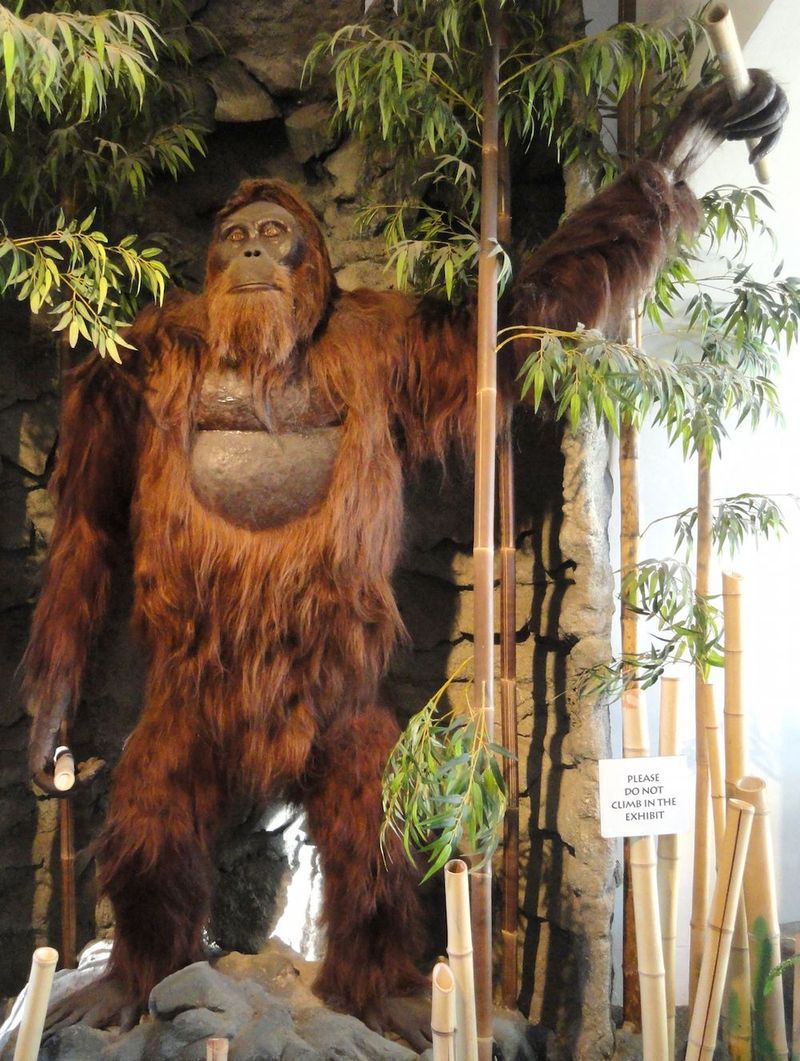
Gigantopithecus, the colossal ape of prehistoric Asia, inspires both awe and curiosity. With only teeth and jawbones discovered, reconstructing its life and behavior poses a considerable challenge.
This 10-foot-tall giant likely lived in dense forests, but details about its diet and social structure remain speculative. Some imagine a gentle giant, while others suggest a more solitary existence.
Despite the scarcity of fossils, Gigantopithecus remains a subject of fascination, symbolizing the grandeur of prehistoric mammals and the rich tapestry of Earth’s evolutionary history.
Spinosaurus
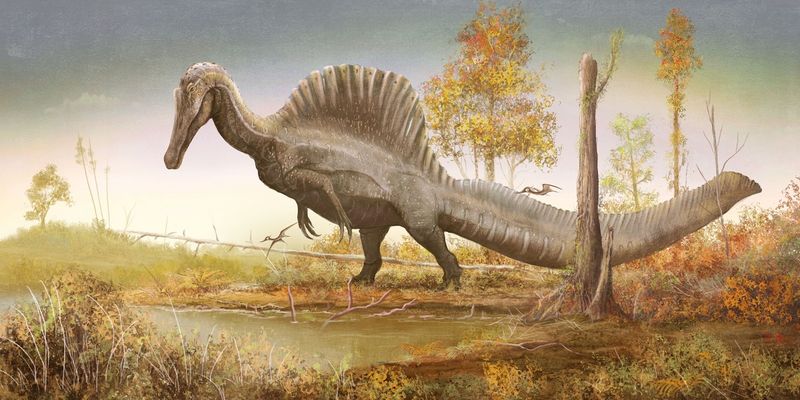
Spinosaurus, with its towering sail and crocodile-like snout, raises questions about its lifestyle. Did it dominate water or land, or perhaps both?
The debate over its habitat and behavior continues to fuel scientific discussions. Some theories suggest an aquatic lifestyle, while others propose a more terrestrial existence.
Each fossil discovery adds layers of complexity, transforming our understanding of this unique dinosaur. Spinosaurus exemplifies the dynamic nature of paleontological research and the evolving story of life on Earth.
Pachycephalosaurus
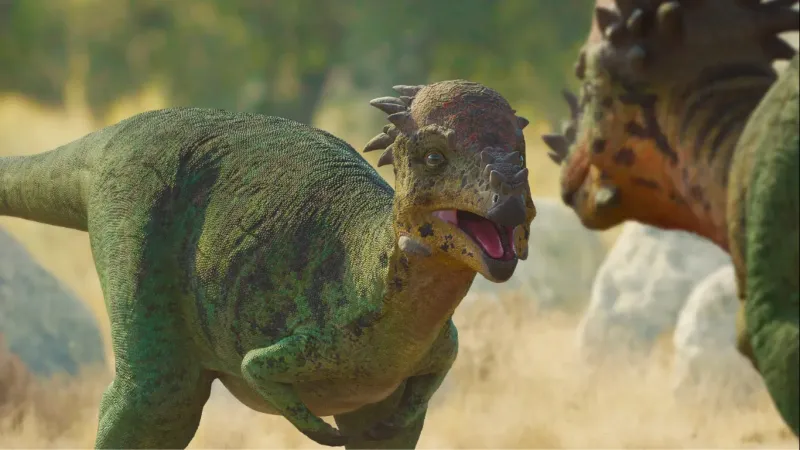
Pachycephalosaurus, known for its dome-shaped skull, invites speculation about its behavior. Did it engage in head-butting contests, or was its skull purely ornamental?
Theories abound, but conclusive evidence remains elusive. This dinosaur captures the imagination, sparking debates about dinosaur behavior and social structures.
Pachycephalosaurus’s intriguing anatomy serves as a reminder of the diverse evolutionary adaptations that have occurred throughout Earth’s history, challenging researchers to look beyond the obvious and explore the profound.
Deinocheirus
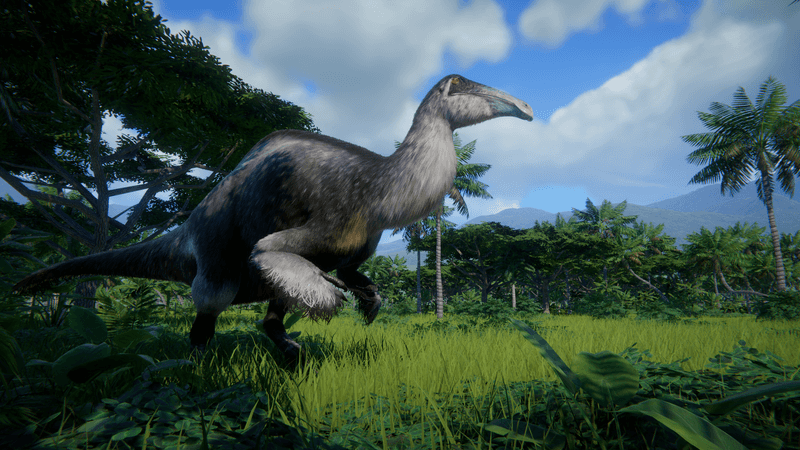
Deinocheirus mystified scientists with only its massive arms as evidence for years. When more fossils emerged, this dinosaur’s true form—a duck-billed, hump-backed creature—defied expectations.
Its unique combination of features raises questions about its lifestyle and ecological role. How did it feed, and what environments did it navigate?
Despite new insights, Deinocheirus remains a symbol of the unexpected in paleontology, reminding us that even partial discoveries can lead to revolutionary understandings of prehistoric life.
Quetzalcoatlus
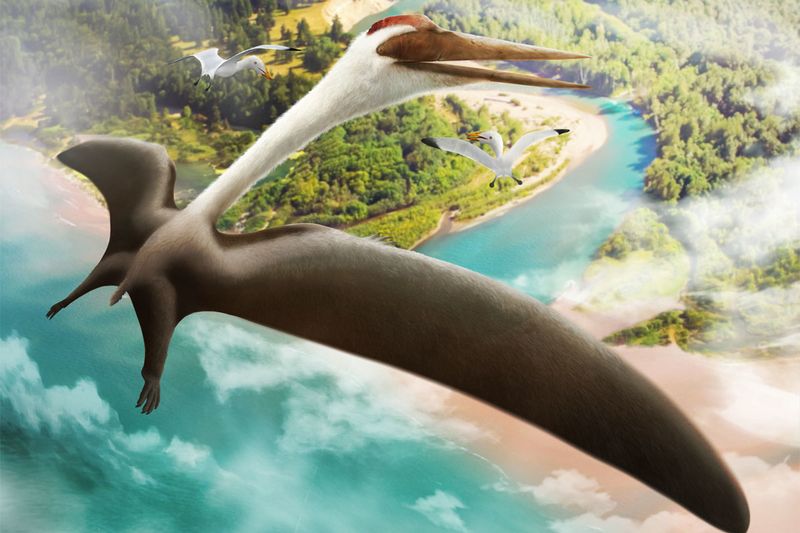
Quetzalcoatlus, the largest flying creature ever, inspires awe with its immense wingspan. This giraffe-sized pterosaur remains a mystery in terms of its flight mechanics.
How did it launch into the air, and what were its landing strategies? These questions spark intrigue and debate among paleontologists and aviation enthusiasts alike.
Despite limited fossil evidence, Quetzalcoatlus continues to capture imaginations, symbolizing the vast possibilities of evolution in the skies of prehistoric Earth.
Beelzebufo
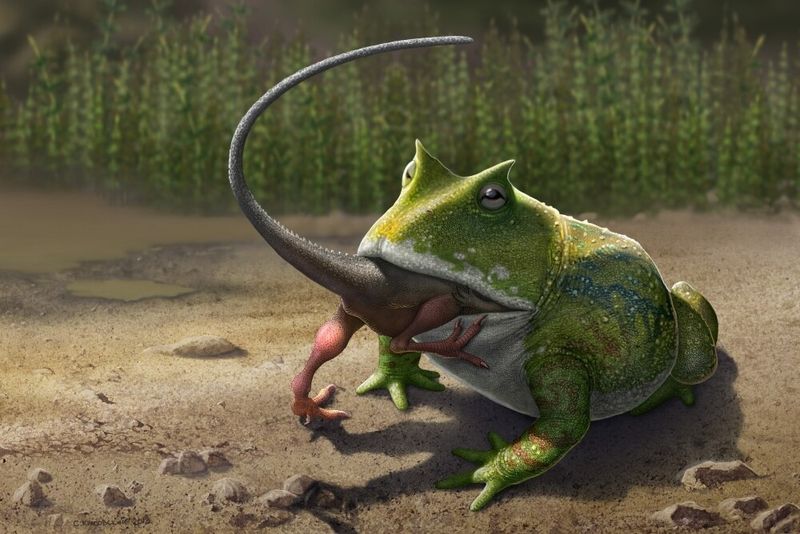
Beelzebufo, the infamous Devil Frog from Madagascar, astonishes with its formidable size and presumed predatory nature. Its beach ball-like dimensions suggest a creature capable of preying on small dinosaurs.
Only a skull has been found, leaving much to the imagination regarding its lifestyle and environment. Was it an ambush predator, or did it employ other hunting tactics?
Beelzebufo remains a captivating subject for paleontologists, illustrating the diversity and adaptability of life on ancient islands and the evolutionary experiments of prehistoric amphibians.
Dunkleosteus
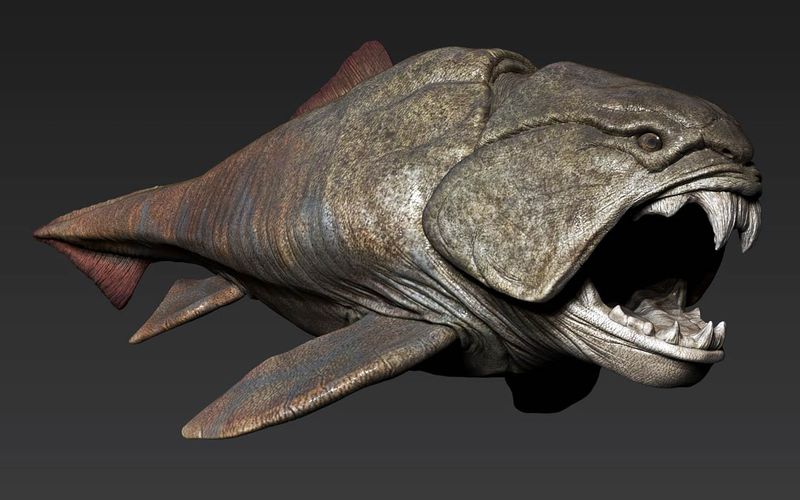
Dunkleosteus, a fearsome armored fish, dominates the imagination with its guillotine-like jaw. This prehistoric predator’s formidable appearance speaks of a world where survival demanded extreme adaptations.
Despite its dominant presence, the cartilaginous body leaves a scant fossil record, challenging researchers to piece together its life from fragments.
Dunkleosteus symbolizes the relentless pace of evolutionary change and the astonishing array of life forms that have inhabited our planet’s waters over the millennia.
Tullimonstrum (Tully Monster)
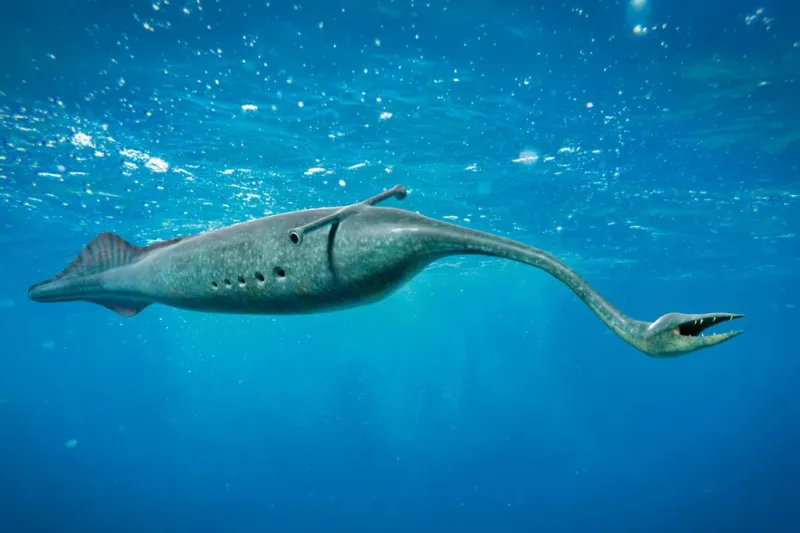
Tullimonstrum, affectionately known as the Tully Monster, remains one of the most perplexing creatures in the fossil record. Its stalk eyes and claw-like mouth defy classification, leaving scientists puzzled.
Is it a worm, a fish, or something else entirely? The debate rages on, with each new study offering tantalizing clues but no definitive answers.
Tullimonstrum embodies the mysteries of paleontological research, challenging our understanding of evolutionary history and the classification of ancient life forms.
Argentinosaurus
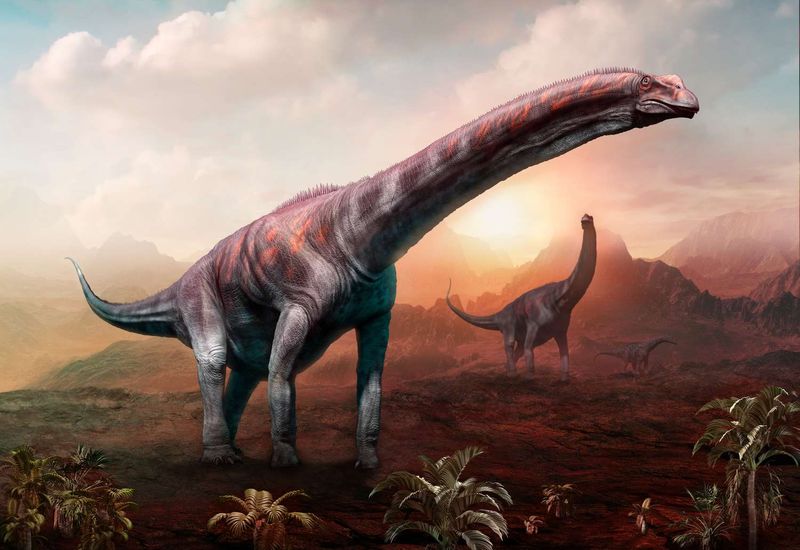
Argentinosaurus stands as a symbol of prehistoric grandeur, representing one of the largest land animals to have roamed the Earth. With only a few bones discovered, much of its life remains a mystery.
How did it sustain such a massive body, and what environments did it inhabit? These questions continue to intrigue paleontologists and fuel further exploration.
Argentinosaurus represents the awe-inspiring scale of dinosaur evolution and the enduring mysteries that surround these ancient giants, inviting ongoing research and discovery.
Megalania
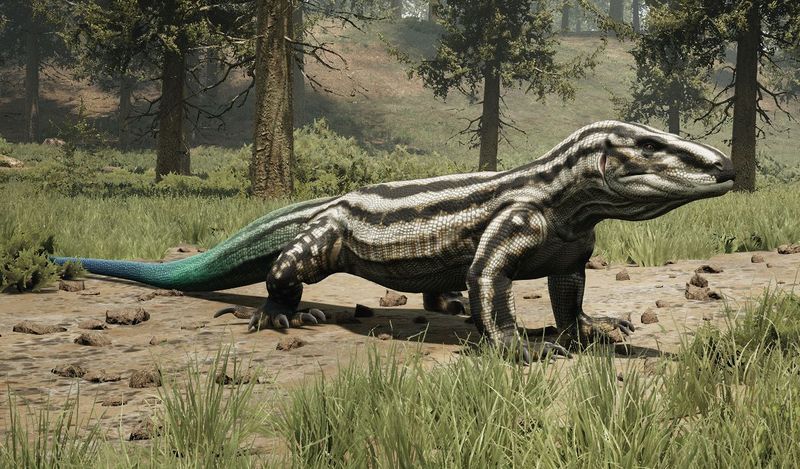
Imagine a creature as formidable as any dinosaur, lurking in the prehistoric forests of Australia. The Megalania, a giant lizard, could grow up to 23 feet long, making it the largest terrestrial lizard known. Why don’t we hear more about this giant? Perhaps it’s because its existence intertwines with ancient aboriginal tales, shrouding it in mystery.
With its dagger-like teeth and powerful limbs, Megalania was a top predator. It roamed the Pleistocene epoch, preying on large mammals. This giant lizard’s incredible size and hunting prowess make it a creature worth studying in depth.
Did you know? Some legends suggest Megalania might have survived longer than most creatures of its size, adding an intriguing layer to its lore.

